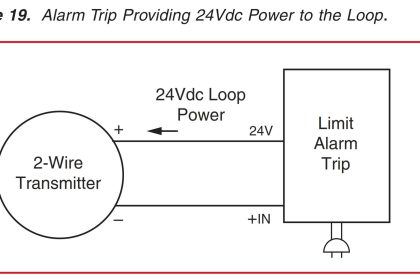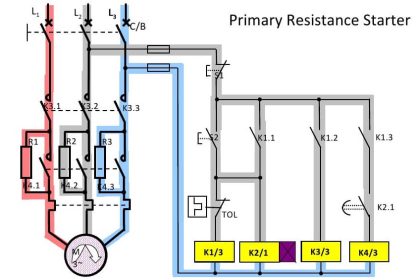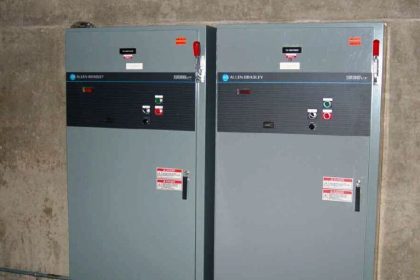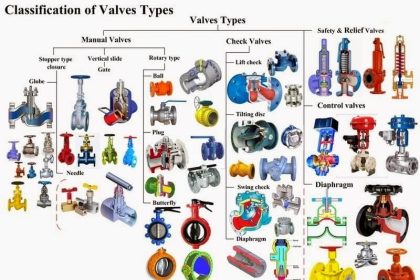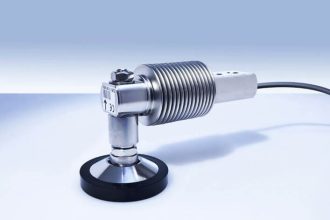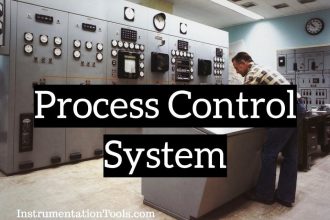Transformers are the major power system components which are used at various voltage levels with the capacity varying from 1kVA to >600 MVA. Transformers are widely used devices to transfer power from one circuit to another circuit magnetically with out physical coupling. Any damage to this component results in complete loss of power to one system. The transformer should be protected from the faults to avoid break down of the transformer which may lead to major interruption in power transformation. To protect it from the fault the typical faults in the fault should be known.
Faults in the transformer
Faults in the transformer are classified as internal faults and through faults.
Internal Faults
These are the faults which occurs internal to the transformer which may seriously damage the insulation of the transformer and causes break down in transformer. So the transformer should be immediately protected from these faults. These faults are divided as electrical and mechanical faults.

Electrical faults: Phase to Phase fault, Phase to ground, Inter turn faults extra will come under electrical internal faults. As a result of winding insulation failure which often creates short circuit between short circuit between phase to phase or phase to ground results in high current flow. This high current flow may break the down the winding or even it may also damage the core fully. So for this faults the transformer should be switched off immediately and should be taken in to service.
Mechanical Faults
Transformer cooling media faults, Transformer tap changing faults are considered as mechanical faults. The cooling medium failure results in high temperatures in transformer which effects the insulation and casing. In long run this may result deterioration of component or even it may also create fire in the transformer. In transformer tap changing mechanism there will be high current flow in the taping, if any fault in this mechanism may result in flashing at tap changers. In OLTC this problem is very high compared to offload tap changer.
Through Faults:
These are the faults which occurs outside the transformer zone and cleared by the down stream components. However the fault is not cleared by them, it may results in severe over loading on transformer which results in large current flow through the transformer. If the fault is at secondary side then a large current flow will result in secondary and it reflects high current flow in corresponding primary winding. These faults are not serious but these may deteriorate the insulation of the transformer and may create long time fault. Normally these faults are cleared by over current protection which is placed on transformer primary.
Typical protections in transformer
Typically transformer protections are classified as two types. 1) Main protections 2) backup protections.
Main protections: These are immediate fault clearance protections which acts instantaneously to clear the faults in the transformer.
- Differential protection (87 T)
- Over current protection (51)
Back up protection: These protections will acts as a back up to the main protections i.e. if the main protection fails corresponding back up protection will act and safe guard the device from fault.
- Over voltage
- Volts/hertz
- Negative phase sequence relay
